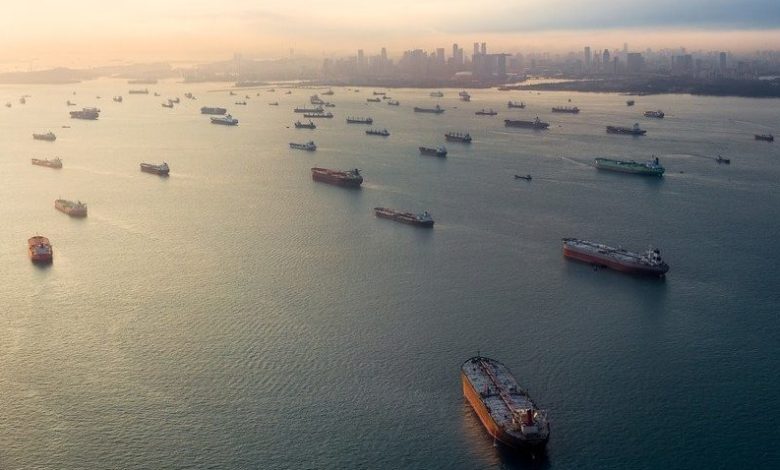HSFO availability tightens as sulphur cap nears

With 140 days until the start of the International Maritime Organization-mandated global sulphur cap, Splash has been hearing plenty of reports of the supply of heavy sulphur fuel oil (HSFO) becoming more tight, especially in Singapore, the world’s top bunkering hub.
July bunker sale figures from Singapore show the clear dichotomy in fuel choices – with 380 cst fuel oil grade down year-on-year by 140,000 metric tonnes while low sulphur fuel sales grew by more than 100,000 tonnes.
Online bunker buying platform BunkerEx noted in a recent report that the strong backwardation in 3.5% HSFO makes it unattractive to store, unlike 0.5% very low sulphur fuel oil (VLSFO) which, BunkerEx said is in contango until January next year.
“This means suppliers are switching to store VLSFO, lowering the supply of HSFO and supporting the prompt market even more,” BunkerEx explained.
Chris Hudson, a fuel oil derivatives broker at London’s Freight Investor Service (FIS) noted in an interview with Splash that in mid-July lower residual fuel inventories dragged on Singapore’s overall oil product stocks to an eight-month low in one of the latest signs that suppliers are gearing up for cleaner to-be-launched marine fuel rules.
This then created an import drive towards Singapore, with net oil imports increasing fourfold in the middle of July. Fuel oil arbitrage volumes into East Asia were assessed at 5.55m tonnes in July, higher from June’s 4.62m tonnes, according to Refinitiv Oil Research assessments. Higher western arbitrage volumes were the main driver of the increase with a 77% increase in overall July volumes compared to the previous month, the assessments showed.
“HSFO production has been steadily dropping over the past few years, but the oncoming IMO switch over has sped up this process as fuel producers and storage facilities need to make room for a new grade of fuel,” FIS’s Hudson told Splash.
Going forward FIS expects HSFO to continue its relative strength compared to crude oil.
Cem Saral, CEO of Dubai-headquartered fuel resellers Cockett Group, told Splash he expects the tight availability of HSFO to become more pronounced in the coming months.
“Logistics adaptation onshore and waterborne is to accelerate for 0.5% segregation in storage tanks, barges and pipelines. There’ll be an accumulation of 0.5 fuel and 0.5 fuel blend components which will increase and add to arbitrage,” Saral predicted.
Saral also reckoned that the west to east HSFO arbitrage would likely shrink due to ports gearing up for the sulphur cap in the coming weeks.
A report from New York tanker brokers Poten & Partners earlier this year made clear the enormity of the coming fuel regulation, describing the sulphur cap for the oil and shipping industry as “implementing one of the most dramatic changes in product specification the world has ever seen”.
According to the International Energy Agency, IMO’s sulphur rules impact around 4.5m barrels per day of bunker fuel, equivalent to 4.5% of global oil demand.
According to a sulphur cap compliance timeline created by Wilhelmsen Ship Management, for non-scrubber fitted ships this is the month to finalise fuel switchover plans. Onboard bunkers need to be switched to compliant fuel in September and October with sea trials with the compliant fuel undertaken in November. Any fuel containing 0.5% sulphur and above must be consumed by December 31. The carriage ban on HSFO comes into force on March 1 so there may be some burning of this fuel in open waters in the first quarter.
In a poll carried on this site earlier this year, just 19% of readers felt the difference in price between HSFO and VLSFO would be more than $100 per ton by the end of 2020.
Earlier this year we published a special IMO 2020 compliance guide in association with Cockett Marine Oil to give owners unique advice to ensure they make the right decisions as the days tick down to the start of the global sulphur cap. Readers can access the full magazine for free by clicking here.
